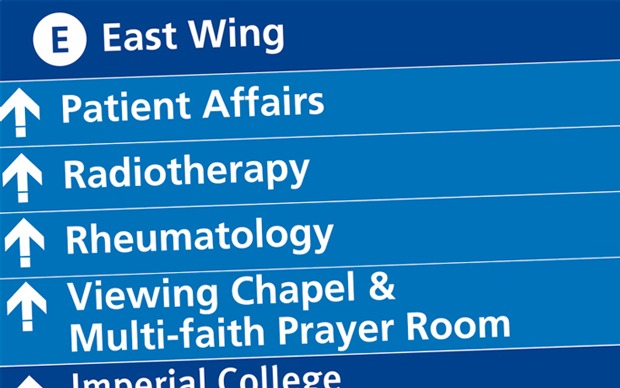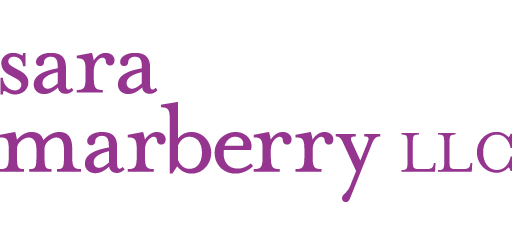
I love that the mainstream media is covering hospital design. Articles have appeared in the last year in the New York Times, Wall St. Journal, and even my own hometown paper, the Chicago Tribune.
This past week, Laura Landro of Wall St. Journal did a piece on wayfinding in hospitals.
While it is a good overview of current wayfinding trends, Landro implies that hospital administrators are just now discovering that people have trouble finding their way around in their facilities and that wayfinding is a “cure for hospital design.”
Wayfinding has been a top-of-mind issue in hospital design for more than 25 years.
We’ve Been Talking About Wayfinding for Almost 30 Years
Those of you who attended the very first Symposium on Health Care Interior Design back in 1988, may recall that Jan Carpman, Ph.D., a leading wayfinding expert, presented some of her earliest research. In a recorded talk, she outlined many of the same issues in the Wall St. Journal article, including medical terminology comprehension and the use of landmarks and color coding.
Dr. Carpman went on to publish many more studies on wayfinding and speak at many more conferences.
A search for wayfinding in The Center for Health Design’s Knowledge Repository reveals 50 sources — several of them Dr. Carpman’s. A Google search for hospital wayfinding produces 10 pages of links — including an excellent position paper written by healthcare designer Barbara Huelat. More wayfinding articles are referenced by Healthcare Design magazine editor Kristin Zeit’s blog.
So, if dealing with wayfinding in hospitals is not new, why is the Wall St. Journal writing about it like it is? No doubt, as the article points out, many hospitals continue to struggle with it.
Why is this? There are so many great resources available — and any healthcare designer worth his or her salt knows all about wayfinding.
Interactive digital kiosks with talking avatars and wayfinding apps for your smart phone that Landro mentions in are fairly new — and technology will be a major driver for the next wave of wayfinding solutions.
Perhaps wayfinding is a cure for hospital design — especially at older facilities where there is a hodgepodge of different buildings. But it’s not the only one.
P.S. Please do me a favor — if you liked this post and like this blog, please share it with others by sending them the link and/or post it on your Twitter, LinkedIn, or Facebook, etc. Also, don’t forget to subscribe, so you’ll get emails when new content is posted. Thanks!
If you like this post, please share.

What’s my story? I’m a healthcare and senior living design knowledge expert who writes and speaks frequently about trends and issues affecting these two industries. I’m also a strategic marketing consultant and content creator, working with companies and organizations who want to improve the quality of healthcare and senior living through the design of the physical environment. You can reach me at [email protected].


2 Responses
Wayfinding can be a big cost issue. Consultants like to rename everything which translate into big $$. This is especially true for older facilities with many different buildings.
Best is to incorporate the new signage with existing to clarify direction for the patient’s families and staff. Replace with new as each areas are updated/renovated.
Thanks for your comment, Sherman. And while I agree that wayfinding can be a big expense, I don’t agree with the approach of integrating new with old. It’s such an important aspect of the patient experience — well worth the investment to do it right.